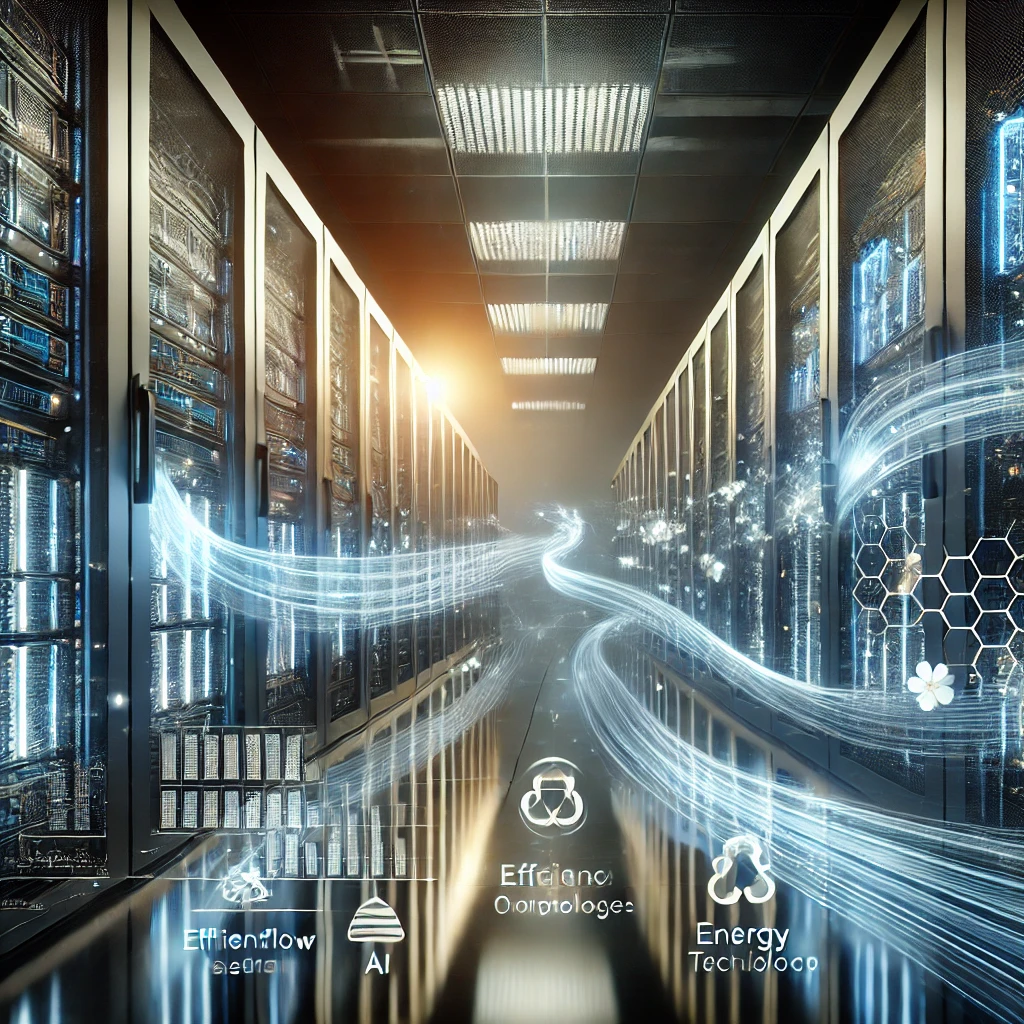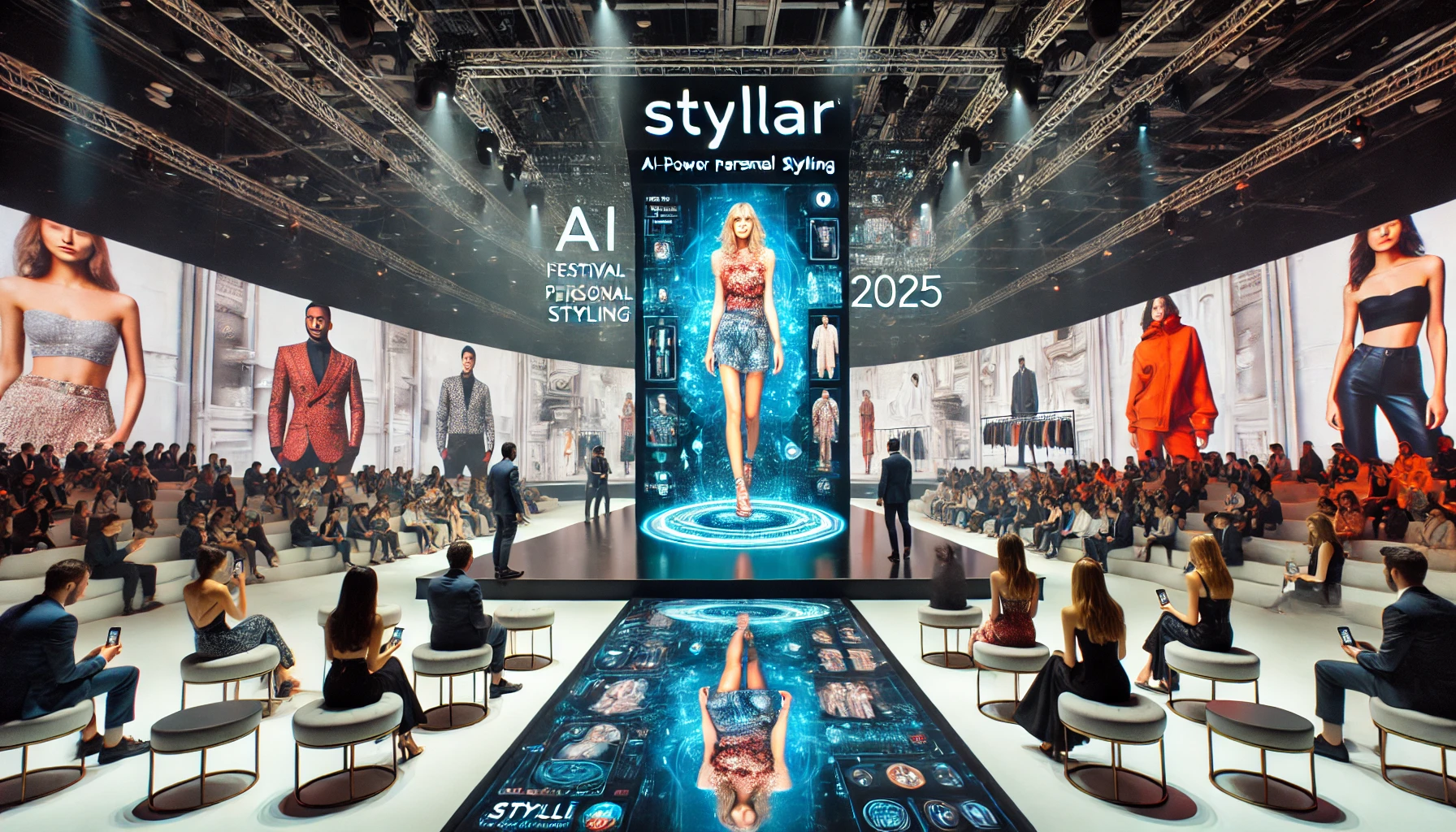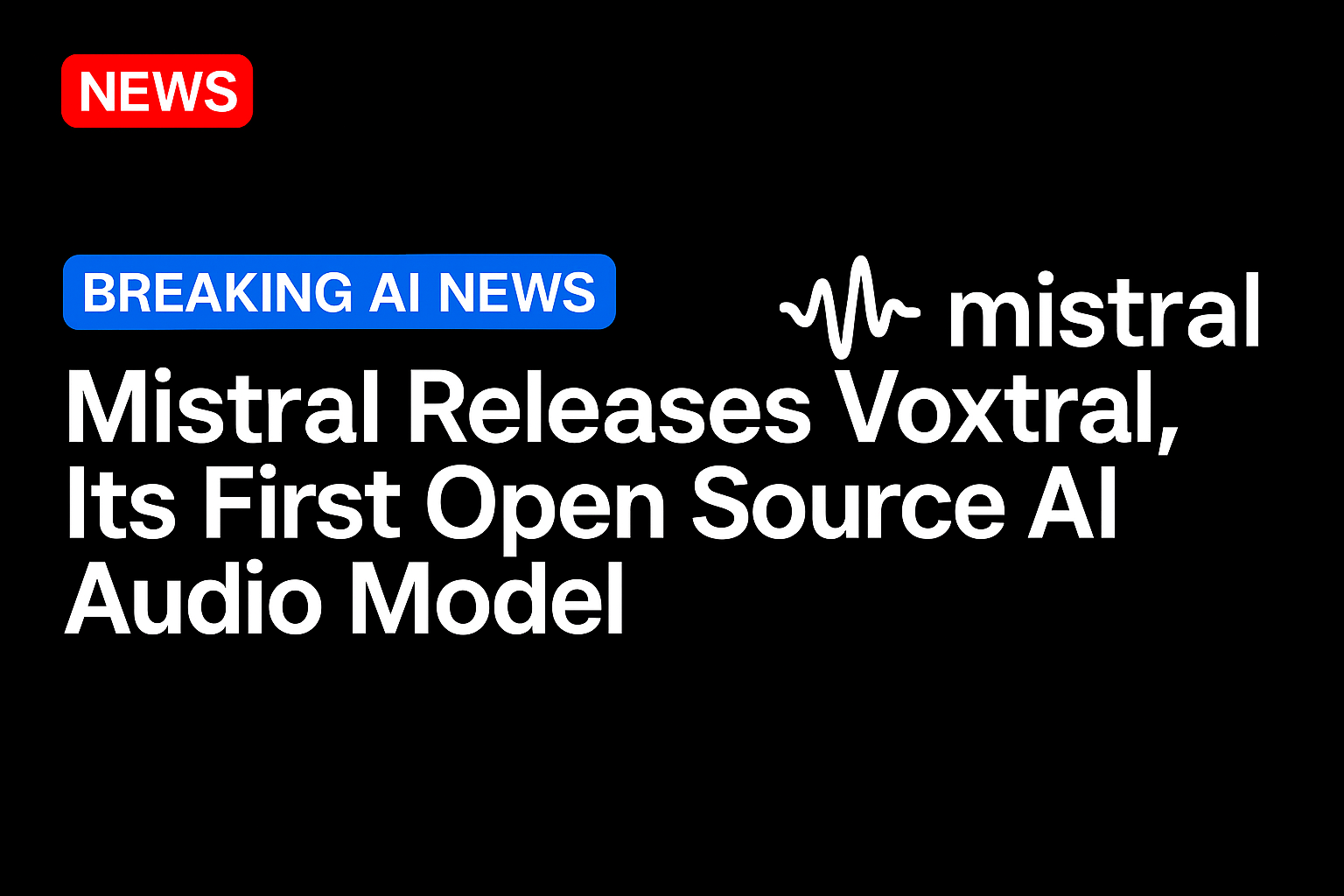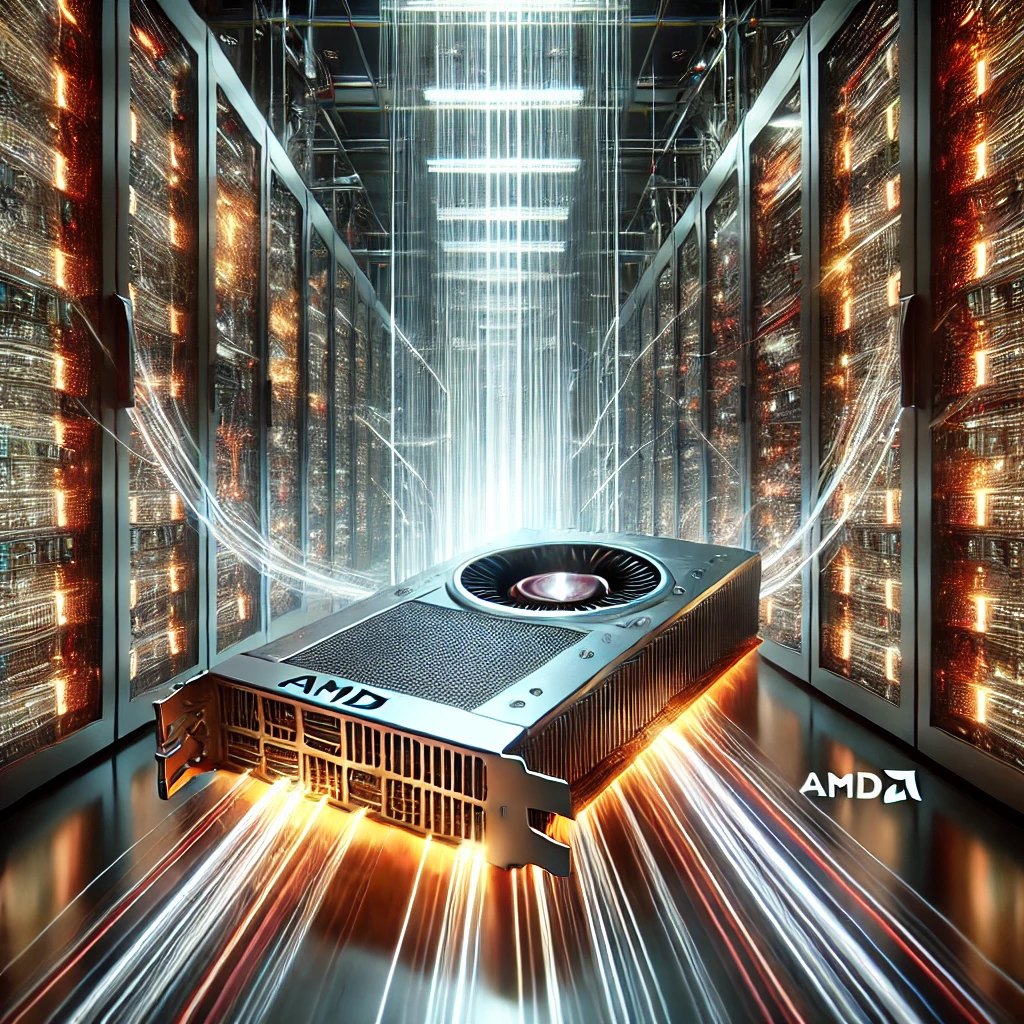Nvidia Partner Claims It Can Halve Data Center Energy Usage Amid AI Boom and Power Grid Strain
As the artificial intelligence (AI) revolution continues to accelerate, the power demands of data centers are becoming a critical concern. In response, a key Nvidia partner has announced a breakthrough that could significantly reduce energy consumption in data centers by up to 50%, offering a potential solution to the increasing strain on power grids.
The partner, a leading provider of energy-efficient data center solutions, claims that by leveraging advanced cooling techniques and optimized hardware design, they can dramatically cut the power usage of servers running AI workloads. These improvements come at a crucial time, as the rapid expansion of AI technologies, such as large language models and deep learning applications, pushes data centers to their limits.
The AI Power Demand Problem
The explosion of AI-driven applications—ranging from autonomous vehicles to real-time language processing—has dramatically increased the energy demands of data centers worldwide. Data centers, which are already some of the largest consumers of electricity, are expected to require even more power as AI adoption grows.
Nvidia, a global leader in AI hardware, has been at the forefront of providing the high-performance chips required for these demanding workloads. However, as AI systems become more sophisticated, the energy required to power them also increases. This has raised concerns about sustainability and the environmental impact of AI technologies, particularly as many regions face power grid limitations.
A Sustainable Solution
The Nvidia partner’s solution focuses on a combination of cutting-edge cooling technologies, AI-optimized hardware, and software efficiency improvements. By using liquid cooling systems, advanced airflow management, and intelligent power allocation, the company claims to be able to slash energy consumption by half compared to traditional data center setups.
In addition to cooling advancements, the optimized hardware is designed to reduce the power draw of Nvidia’s AI chips without compromising performance. The result is a more sustainable and energy-efficient approach to managing the power-hungry demands of AI training and inference workloads.
“Our technology is focused on reducing the carbon footprint of AI while still allowing the industry to grow and innovate at a rapid pace,” said a representative from the company. “By cutting energy usage in half, we can help ensure that the AI boom is sustainable and doesn’t overwhelm power infrastructure.”
Implications for the Future
The implications of this technology could be far-reaching. As more companies adopt AI technologies, the strain on power grids could become a significant bottleneck for growth. A solution that dramatically reduces energy consumption could not only help relieve pressure on the power grid but also reduce operational costs for data centers—savings that could be passed on to consumers.
With governments and corporations increasingly focused on sustainability, innovations like this are likely to become a key factor in the continued expansion of AI. The promise of cutting energy usage by half also aligns with global efforts to reduce carbon emissions and move towards greener technology solutions.
Addressing a Global Challenge
This announcement comes as tech companies and data centers are being scrutinized for their environmental impact. As AI systems grow larger and more powerful, ensuring that they can be run efficiently and sustainably will be essential for maintaining the pace of innovation without exacerbating the climate crisis.
By partnering with Nvidia, this energy-focused company is positioning itself as a leader in the drive toward more sustainable AI infrastructure. The success of this technology could pave the way for widespread adoption of energy-saving solutions in data centers around the world.
As AI continues to shape the future, the ability to balance innovation with sustainability will be critical. For now, the potential to cut energy consumption by 50% offers a hopeful path forward for the tech industry, ensuring that the growth of AI remains both environmentally responsible and economically viable.





